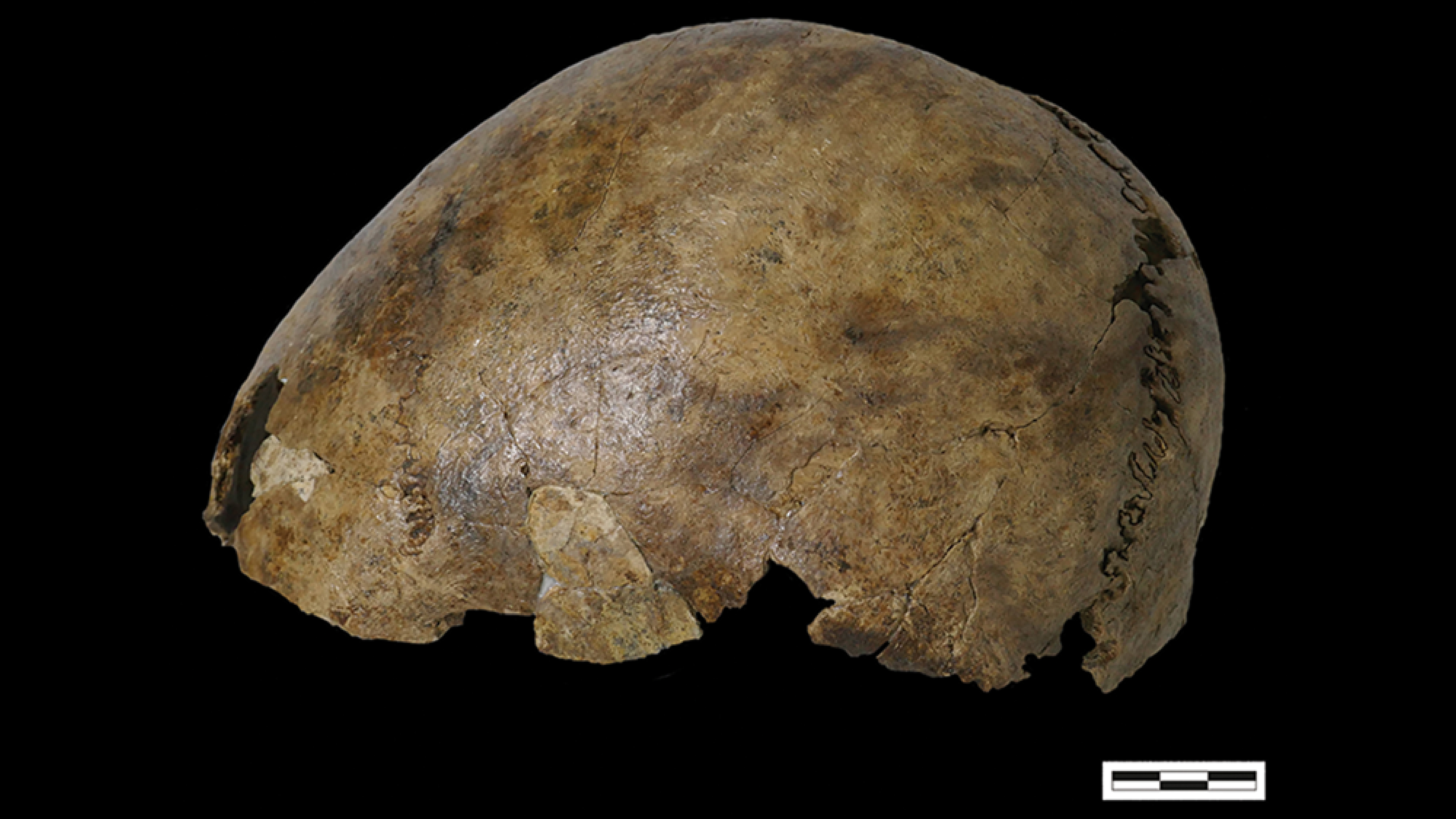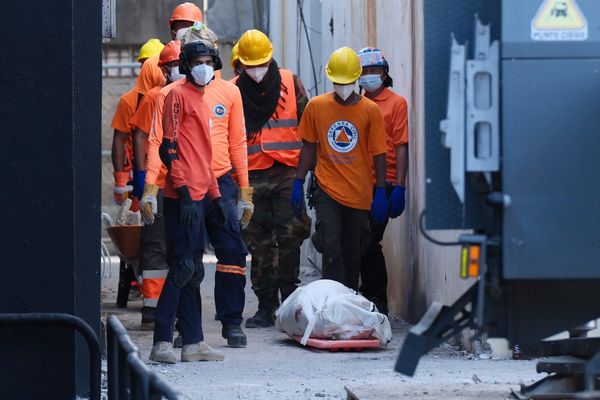
A skeleton excavated from a Roman-era cremation cemetery in Belgium surprised archaeologists when they found it was actually 2,500 years older than they had assumed. Looking closely at the skeleton, the archaeologists discovered something even more unexpected: It was made up of bones from at least five people who lived three millennia apart.
"I think that, initially, the 'individual' was made at once," Barbara Veselka, an archaeologist at Vrije Universiteit Brussel who led the study, told Live Science in an email. "There were other bones scattered around the 'individual,' suggesting that people could also have come back to the burial."
Excavation of the cemetery in the town of Pommerœul, Belgium, near the border with France, in the 1970s yielded 76 cremation burials and one burial of a body in a fetal position. The associated artifacts and burial style suggested the cremations were Roman and dated to the second to third centuries A.D. Although the burial of a skeleton in the fetal position is unusual for a Roman cemetery, the excavators found a Roman-style bone pin near the skull and concluded that the grave likely dated to the Roman era.
Radiocarbon analysis in 2019 confirmed that all of the Pommerœul cremations were from the Roman period. But surprisingly, the radiocarbon dates from the intact skeleton came from three different eras in the Neolithic period (7000 to 3000 B.C.), leading archaeologists to investigate the grave and its unique contents.
Related: 32 astonishing ancient burials, from 'vampire' decapitations to riches for the afterlife
In a study published Oct. 23 in the journal Antiquity, Veselka and an international team of researchers shed light on the meaning of the composite burial via multiple techniques, including skeletal analysis, radiocarbon dating and ancient-DNA sequencing.
"It is likely that more than 5 individuals contributed to the 'individual', but 5 were confirmed by DNA," Veselka said. A Roman bone pin found near the skull was radiocarbon-dated to A.D. 69 to 210, and genetic analysis of the skull determined it was from a woman who lived in Roman times, around the third to fourth centuries.

These analyses raised additional questions: Why was a Roman woman's skull placed in a Neolithic burial, and why was the Neolithic burial made up of multiple people's remains?
The Romans may have accidentally disturbed an unusual Neolithic grave while burying cremated remains and then added a skull and bone pin to the ancient grave to complete it before covering it up, the researchers suggested. Another possibility is that the Romans created the patchwork skeleton from scattered Neolithic bones and a Roman-era skull, arranging the remains into a composite person.
"Whether the assembly of the bones occurred in the Late Neolithic or in the Roman period," the researchers wrote in their study, "the presence of the 'individual' was clearly intentional."
The Romans' motivation for adding to this burial, though, is lost to time. "Perhaps this community was inspired by superstition or felt the need to connect with an individual who had occupied the area before themselves," the researchers wrote.
"This is an incredibly fascinating and complex study," Jane Holmstrom, a bioarchaeologist at Macalester College in Minnesota who was not involved in the study, told Live Science in an email. "It provides an interesting possibility of land-claiming through burial during the Neolithic, with family groups within the clan asserting claim together, with the Romans furthering the land claim to assert their authority over Gaul."
Despite their cultural differences, it's possible that people from both Neolithic and Roman times selected the burial spot for its proximity to a river.
"Throughout the ages, rivers and other bodies of water were considered to be important, both geographically and spiritually," Veselka said. "Pommerœul was located near a river, which may have been a powerful place."







